Starting the day with health news , readers can also read more articles: Beautiful colored urine, beware of liver disease; New research shows the ideal bedroom temperature for good sleep ; Drunk man goes blind in one eye for unexpected reason...
Besides the abdominal muscles, what other muscles does plank help strengthen?
In the past, sit-ups were considered the ultimate abdominal strengthening exercise. But now, in addition to sit-ups, many people have switched to planks. Planks not only work the abdominal muscles but also many other muscle groups.
Planks come in many forms and can be varied in many ways. It is up to the practitioner to choose the form of plank that best suits him or her. However, the straight-arm plank is probably the most difficult and demanding exercise.
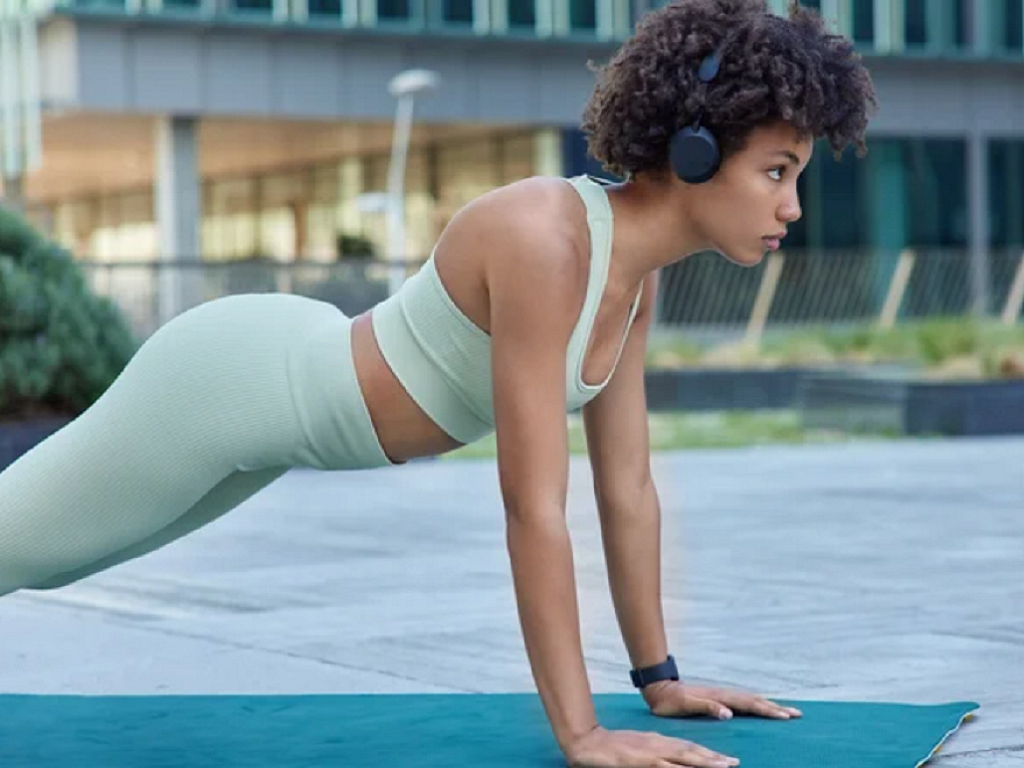
Plank not only affects the abdominal muscles but also many other muscle groups in the body.
The straight arm plank starts you off in a push-up position. Your body is supported on your hands and toes, and your arms should be straight. Your legs should also be straight out behind you, with your feet hip-width apart.
When doing plank, the practitioner must push the back and hips to form a straight line, not curved. When starting to do straight-arm plank, people should try planking for 10 - 30 seconds and then gradually increase the practice time.
In addition to affecting the abdominal muscles, plank also affects many different muscle groups in the body. In fact, when done correctly, plank is a full-body exercise and affects almost every muscle group in the body from head to toe. Readers can read more about this article on the health page on February 18 .
Beautiful colored urine, beware of liver disease
The color of your urine can reveal a lot about your health. Here, experts share some facts about urine that may be useful to you.
Normally, depending on how much water you drink, your urine will range in color from pale straw yellow to dark yellow. However, there are some colors to watch out for. In particular, pink or orange urine can signal a serious health problem.
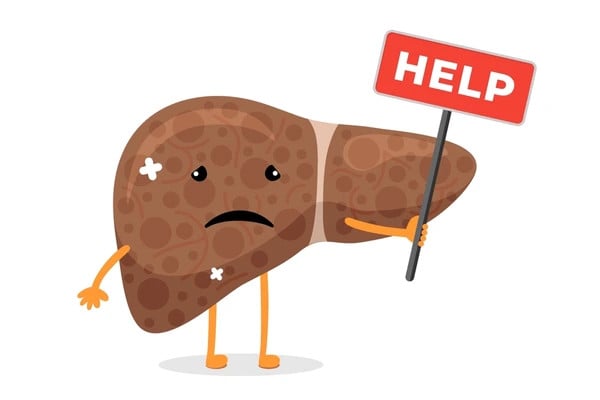
Red, pink or orange urine may signal liver problems.
Chris Dubberley, a specialist based in the UK, warns that red, pink or orange urine can signal liver problems. Orange urine is a sign of a build-up of bilirubin in the blood, which occurs when the liver is not functioning properly.
If orange urine is accompanied by symptoms such as jaundice, yellow eyes, and light-colored stools, it may be due to problems with the bile ducts or liver. Adult-onset jaundice can also cause orange urine, according to the US medical website Healthline .
Dark or orange urine can signal a liver problem. See your doctor immediately, advises the Urology Foundation .
Pink or red urine can also mean blood in the urine, which can be caused by more serious health problems. Seek medical attention as soon as possible if your urine is dark. The next part of this article will be on the health page on February 18.
New research shows the ideal bedroom temperature for good sleep
New research shows that the ideal bedroom temperature for older adults to sleep well is between 20 and 25 degrees Celsius.
Along with diet, exercise and a healthy lifestyle, getting enough sleep is one of the foundations for good health.
According to new research in the journal Science of the Total Environment , temperature affects the quality of your sleep. Adjusting the temperature to the right level can help you sleep better and be healthier.
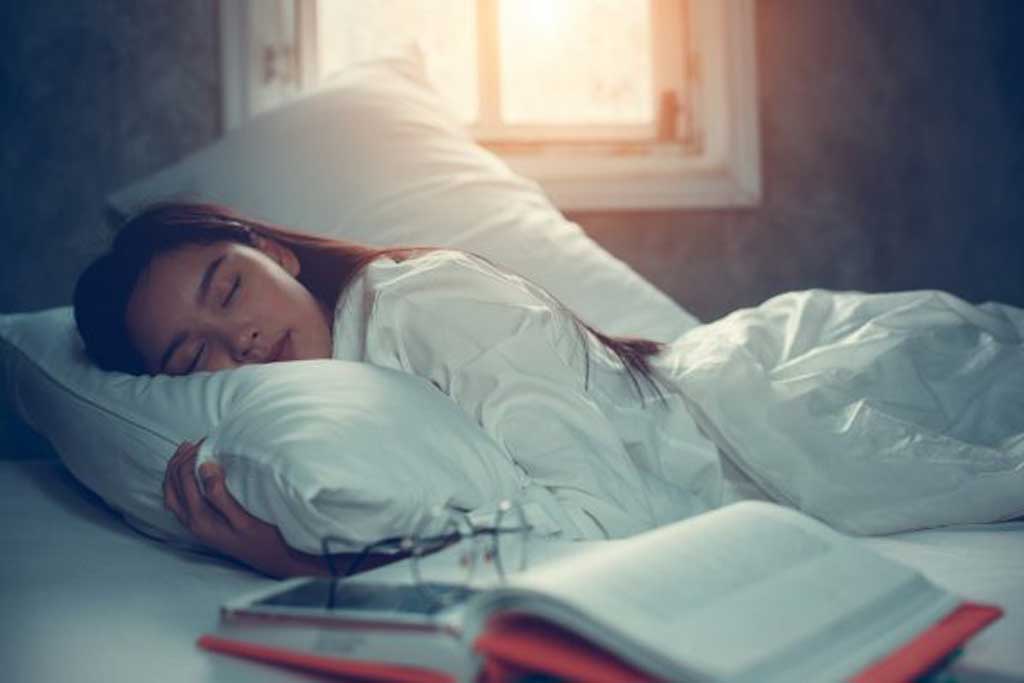
The optimal sleeping temperature in the bedroom of the elderly is between 20 and 25 degrees Celsius.
Ambient temperature is an important factor in helping you fall asleep and stay asleep.
"At the onset of sleep, ambient light and temperature send signals to the body to release neurotransmitters that influence the process of falling asleep," says sleep neurologist Dr. Sudha Tallavajhula. "During sleep, our body temperature fluctuates at different levels."
In a study published in the journal Science of the Total Environment , participants wore sleep trackers and environmental sensors that tracked sleep duration, efficiency, and sleepiness. Researchers collected data from 50 older adults and information about their sleep environments.
Findings show that sleep efficiency decreases by 5 to 10% when the temperature increases from 25 degrees Celsius to 30 degrees Celsius. Start your day with health news to see more of this article!
Source link


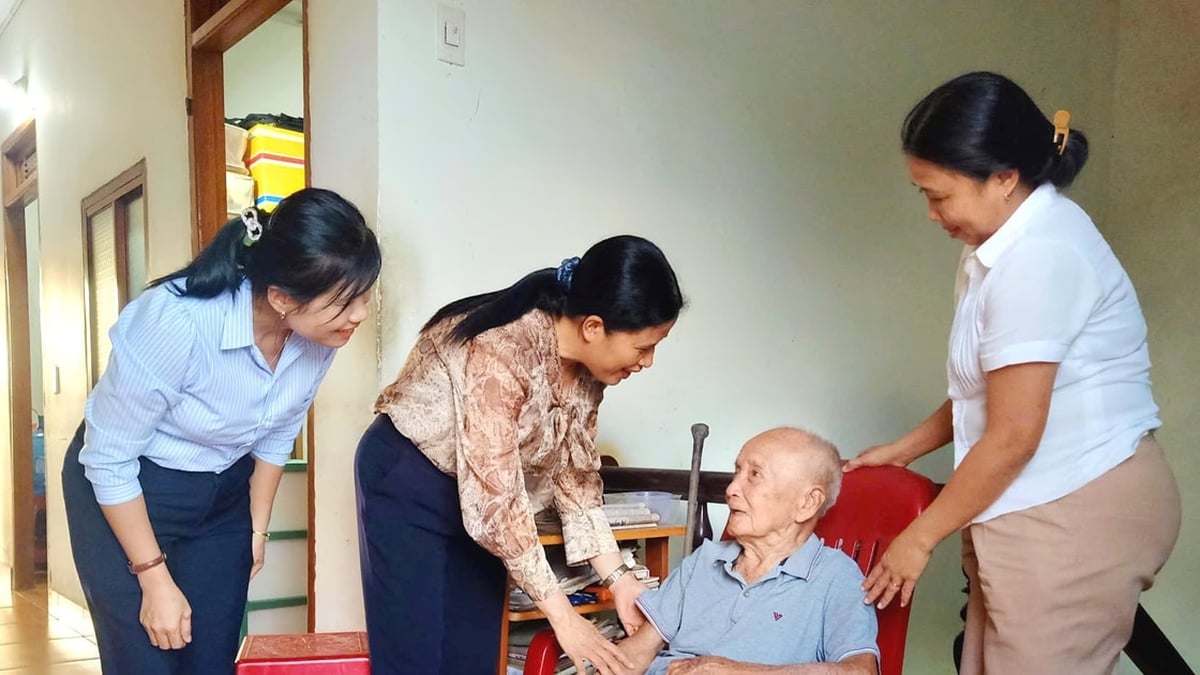













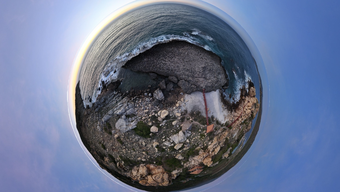











![[Photo] Gia Lai provincial leaders offer flowers at Uncle Ho's Monument with the ethnic groups of the Central Highlands](https://vphoto.vietnam.vn/thumb/1200x675/vietnam/resource/IMAGE/2025/7/9/196438801da24b3cb6158d0501984818)


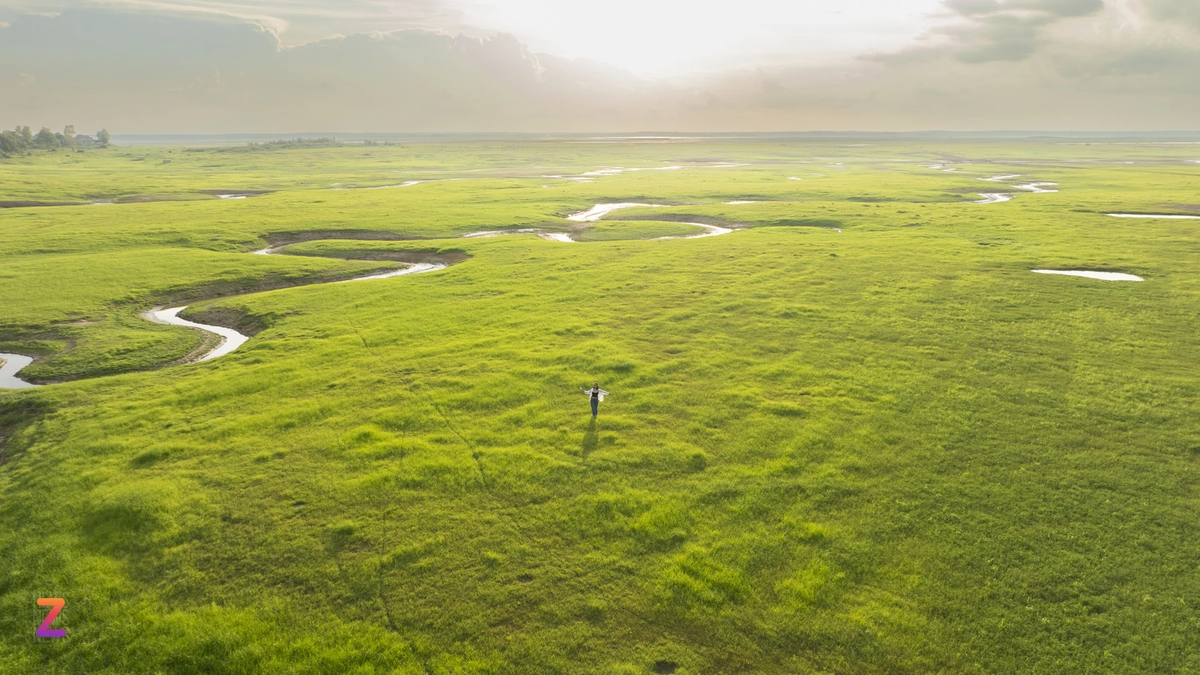





















































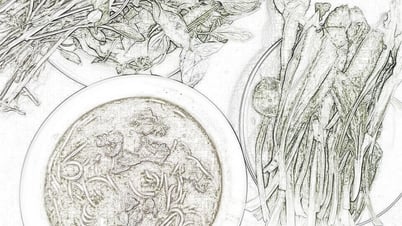
















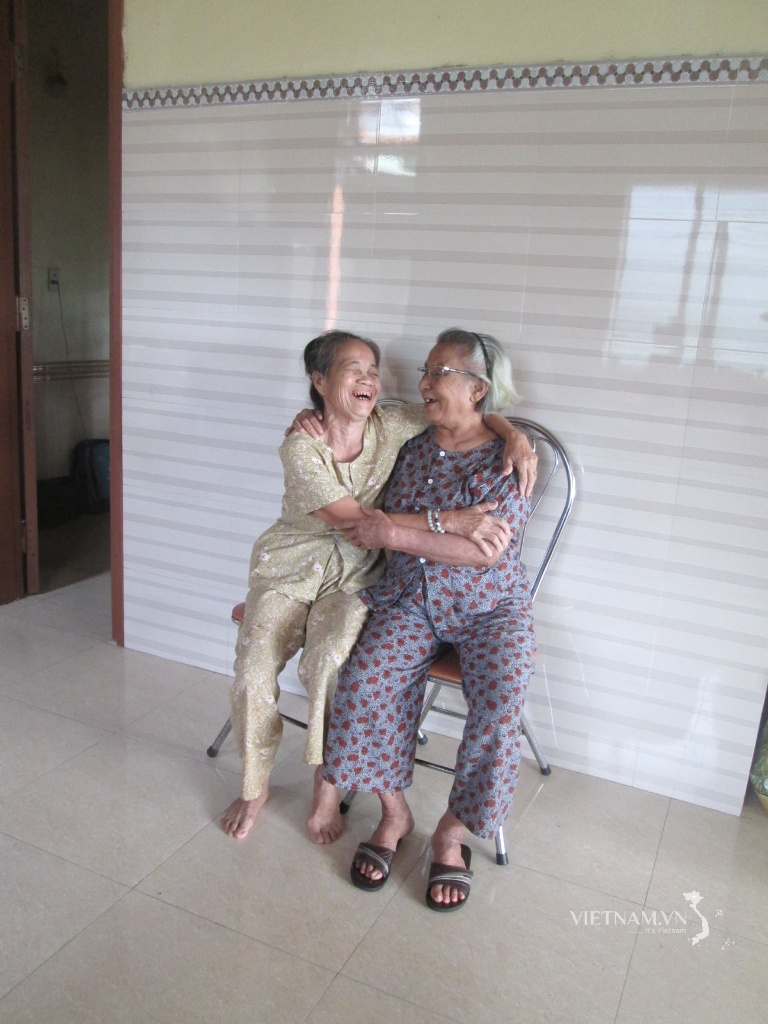
Comment (0)